Travel
Travel review: Learning to live the ‘pure life’ in Costa Rica
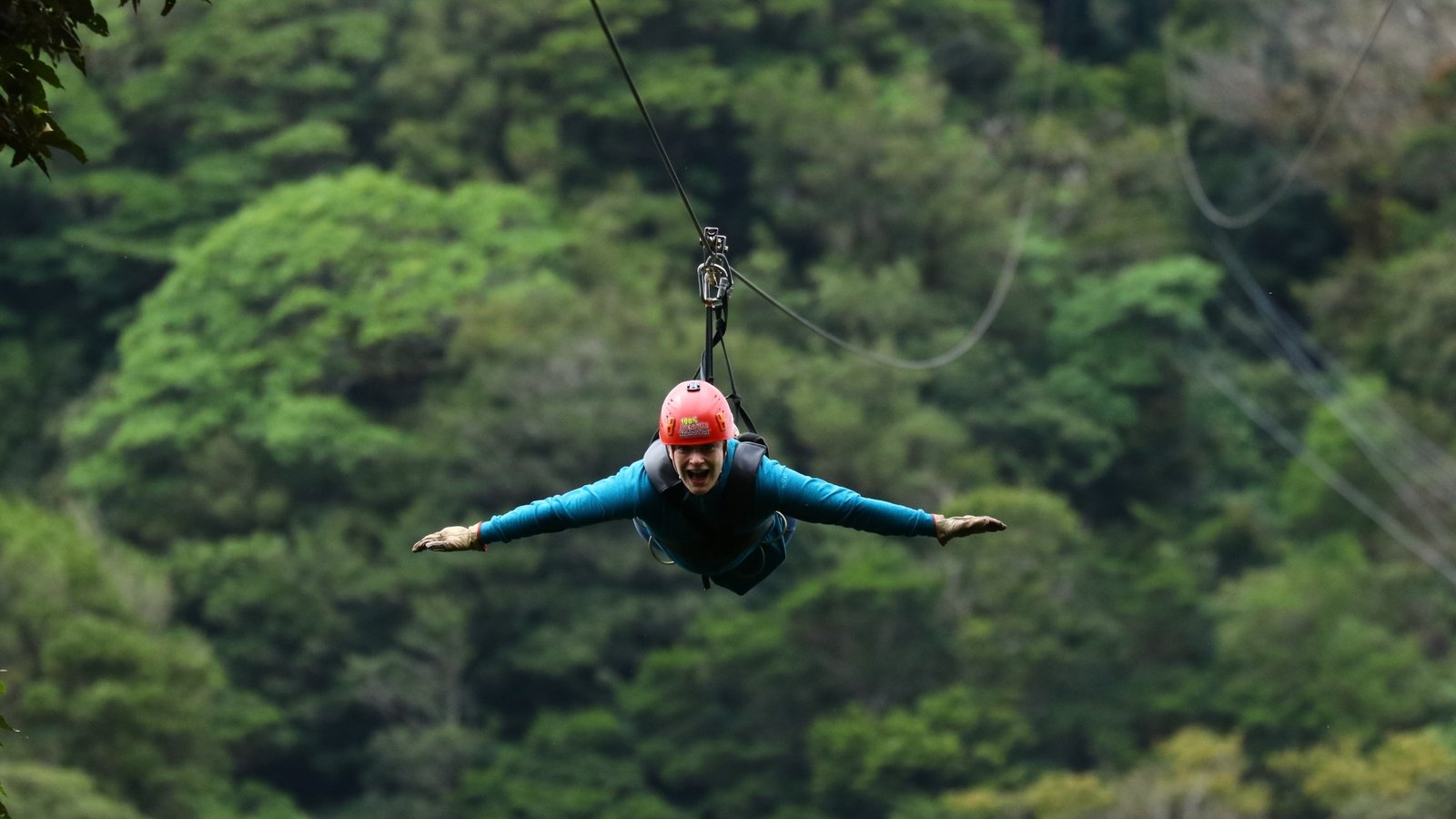
Sometimes, you find yourself doing things that make no sense at all. Flying in a Superman pose on a zip line 200-meters above the tree canopy for a distance of 1.6 km was one of those times.
Seconds after taking off, a sharp injection of adrenaline coursed through my veins and transformed an overwhelming sense of dread into joy-bursting exhilaration.
I was in Costa Rica, and beneath me was a bird’s-eye view of the misty Monteverde Cloud Forest. From above, the treetops look like little heads of broccoli and local homes resemble houses on a train set. I glide through the air; I feel free, like a bird flying. This is a ‘pura vida’ moment.
‘Pura vida’ translates to ‘pure life’, and encapsulates a way of being for Costa Ricans. They have been voted the happiest people in the world and have one of its five blue zones. Pura vida reflects the locals relaxed lifestyle and tendency to embrace joy and gratitude.
Hanging off the zip line and entrusting small metal carabiners with my life, I understood what pura vida meant.
This was one of many life-affirming moments I had travelling in Costa Rica, thanks to its incredible wildlife, majestic waterfalls and tropical beaches. Despite being smaller than Ireland, Costa Rica exerts a formidable impact on the wildlife front. A quarter of its land is under protection and boasts half a million species. It’s recognised as one of the most biodiverse countries in the world. So it’s understandable how every day brought an abundance of wow moments.
My nine-day Intrepid group tour kicked off in the capital, San Jose. I was relieved that my ten new travel companions of six nationalities were open-minded and relaxed, as was our trusty Costa Rican tour leader, Liza. Fears of being stuck on a bus with people I had nothing in common were abated, and we were off to a good start. After one night in San Jose, we hit the road and left behind its gritty veneer.
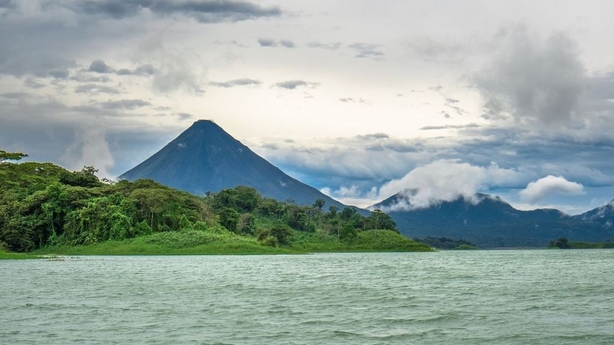
Our first stop was an immersion into rural life. Juanilama is an agroecological farming community in Santa Rosa de Pocosol, three hours north of the capital. They offer off-the-beaten-track homestay accommodation and tours around their land. We get a taste of authentic village life, and in return, the locals inject some well-needed cash into their deprived community. Everybody wins.
Our ‘bean an tí’ was Giselle. She lives in a modest wooden house with her extended family. We were given a warm welcome and a tour of the smallholding, where she grows cacao, coffee, pineapples, and bananas.
While standing under a cinnamon tree, listening to how they harvest cinnamon from its bark, I suddenly noticed a snake on a branch just centimetres from my shoulder. It was a green eyelash viper with a venom that could kill. It’s a chilling reminder that it really is a jungle out there.
The close encounter with the deadly reptile was quickly forgotten while making delicious hot chocolate from freshly picked and roasted cacao. We eat patocones (fried plantain) and gallo pinto (beans and rice); both dishes are national staples. Moonshine made from sugar cane is served, and before we know it, the village women have us dancing salsa into the wee hours.
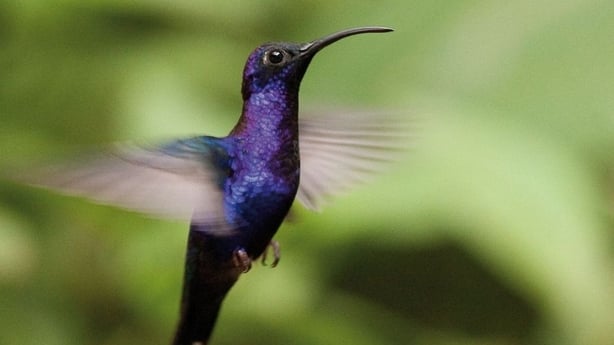
The next stop on our road trip was La Fortuna, a pretty tourist village at the foot of Arenal, the country’s most active volcano. It had a massive eruption in 1968, and tourists flocked to see its nightly fireworks show.
In 2010, it suddenly stopped belching smoke, but by then, La Fortuna was established as a hub for white-water rafting, canyoning and nature spotting. Even though the Arenal is no longer active, it still exerts its power through hot springs. Soaking in the mineral-rich volcano-heated waters is ‘pure vida’.
Two activities on my to-do list in Costa Rica were swimming under a waterfall and seeing sloths in the wild. La Fortuna, let me tick both of those boxes in one day.
The Mariolas Trial is a family-run eco-park located on a former dairy farm. The park teemed with vibrant flora and fauna. Sergio, the eagle-eyed Grandpa, spots brightly coloured poison dart frogs, owl butterflies, Jesus Christ lizard and, of course, the adorable sloths.
With his trusty telescope, he shows us dozens of sloths; some are feeding, some are sleeping, a nursing mother, and others move through the branches in slow motion. Witnessing the sloths smiling, monkey-like faces peer down from the branches had me smiling right back at them. Sergio spills the beans that sloths are the ultimate tree-huggers, living the dream on a diet of hallucinogenic Guarumo trees and rocking an epic 18-hour nap schedule. They only wake up for the essentials: munching, flirting, and bathroom breaks. I found my spirit animal.
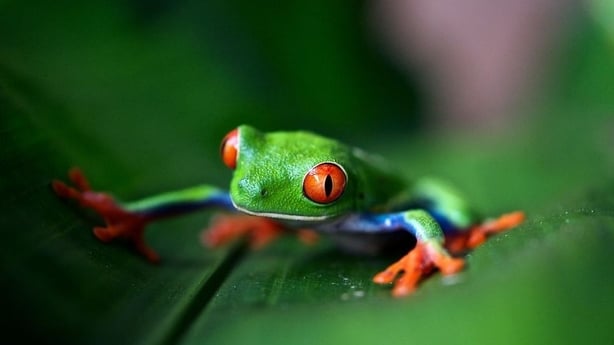
To end another fantastic day, we visit the breathtaking La Fortuna waterfall. It cascades from a lush forest and plummets 70-meters to an emerald pool. I hike the 530-steps down and swim close to the thundering falls. It’s another pinch-me moment.
The following day, our journey led us from La Fortuna along a rugged road, eventually boarding a boat to cross the mountain-framed Lake Arenal – the largest lake in the country. Afterwards, our minivan navigated a gradual ascent to reach the mountainous terrain of Monteverde.
Monteverde is a tourist town with trinket shops, good restaurants and art galleries. It’s where I had my white knuckle zip-line experience, but there is more to it than adventure sport. Its big draw is the Monteverde Cloud Forest Reserve. In the 1950s, a group of Quakers, fleeing US conscription, came to the area and settled in the lush mountainous landscape. They developed some land for agriculture but preserved much of it.
Today, a large portion of the area is protected and is home to thousands of plants and over 400 bird species, including the elusive quetzal. It’s a nature lovers’ paradise. Despite there being many reptiles and mammals, it’s not a place you go to spot the animals. It’s more about spending time in the forest and enjoying its unique ecosystem in the vortex of clouds.
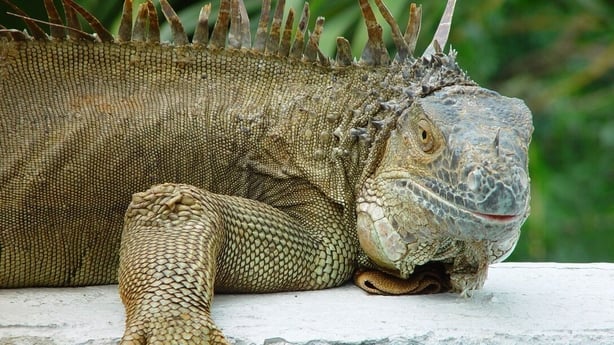
Liza advised us in hushed tones to “forest bath” and to “walk mindfully and soak in the sounds of the forest”. We walk 5km of the 13km of trails in the reserve. The ground is spongy underfoot, and we breathe in the damp air. We are quiet and move slowly, allowing us to notice things we might not have otherwise. We hear the trickling of streams and see the dew drops gather on the leaves.
After two nights in Monteverde, we left the cool mountain temperatures and journeyed winding roads down to balmy sea level. Today’s road trip takes us on the Pan American Highway to the Pacific coast town of Quepos.
We stop en route at a bridge over the Tarcoles River, home to a large population of crocodiles that sun themselves on the river’s sand banks. We peer down from a safe distance at these massive reptiles and then drive for what seems like an age through a vast palm oil plantation.
As always, Liza does her best to impress an ecological message. She explains the devastating impact that this monoculture crop has on the local wildlife and ecosystem.
Our base for the next two nights is Quepos, a bustling, tourist-friendly city known as the gateway to Manuel Antonio. Our mountain and jungle road trip morphs into a beach getaway, and I’m delighted it’s time to trade the hiking boots for beach towels.
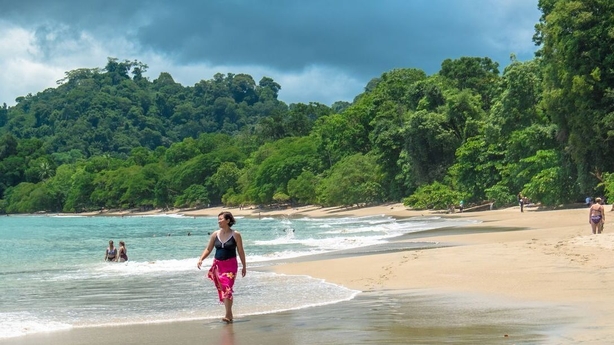
The national park in Manuel Antonio offers the best of Costa Rica, with a fusion of jungle and beach. Within a few minutes of entry, I get why this park is so special. Wildlife is abundant: loads of lizards, hummingbirds, bats, hordes of capuchin monkeys, and plenty of my favourite, the adorable sloths.
At the far end of the jungle is a stunning beach with white sand and turquoise water. While basking in the sun, a prehistoric-looking iguana lumbers across the sand, and inquisitive capuchin monkeys play nearby. I wonder if I really am living the dream.
On our last night, we went on a boat trip around Manuel Antonio’s stunning coastline, comprising rugged cliffs and sandy beaches. We stopped to snorkel and then ventured into the open water for the sunset.
Our yacht cut through the Pacific Ocean, and dolphins performed for us with leaps and playful splashes. As the sun dipped below the horizon, the sky transformed into a masterpiece of colours and wrapped up another flawless day in this ideal holiday spot.
It’s official: I’ve been infected with pura vida.
The details
Intrepid offer a nine day Costa Rica Experience starting from €1,175 which includes eight nights accommodation, selected meals, selected activities and transport while on the tour. They offered me this trip for the purpose of review.
Book at intrepidtravel.com or call +353 1 526 8507.










